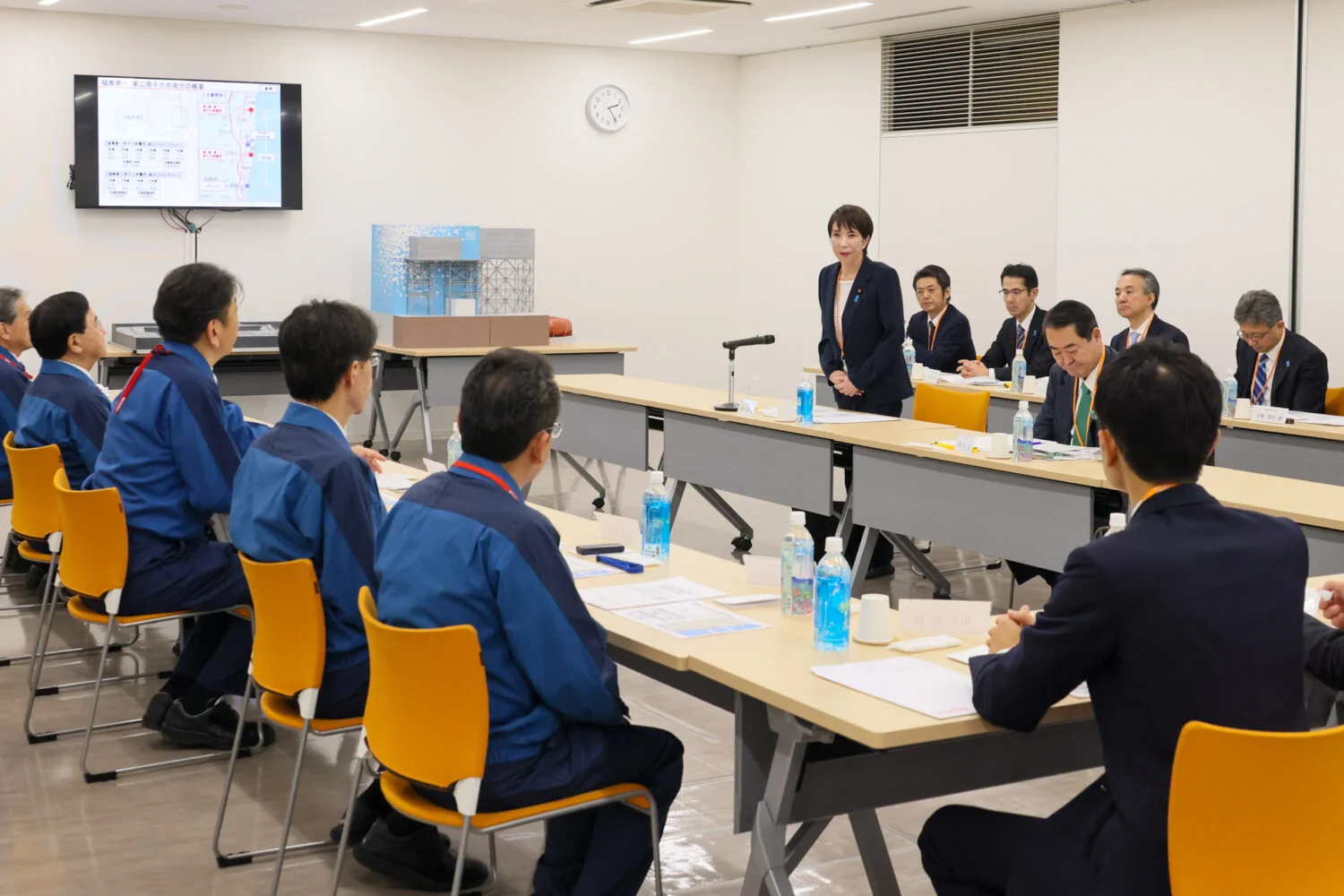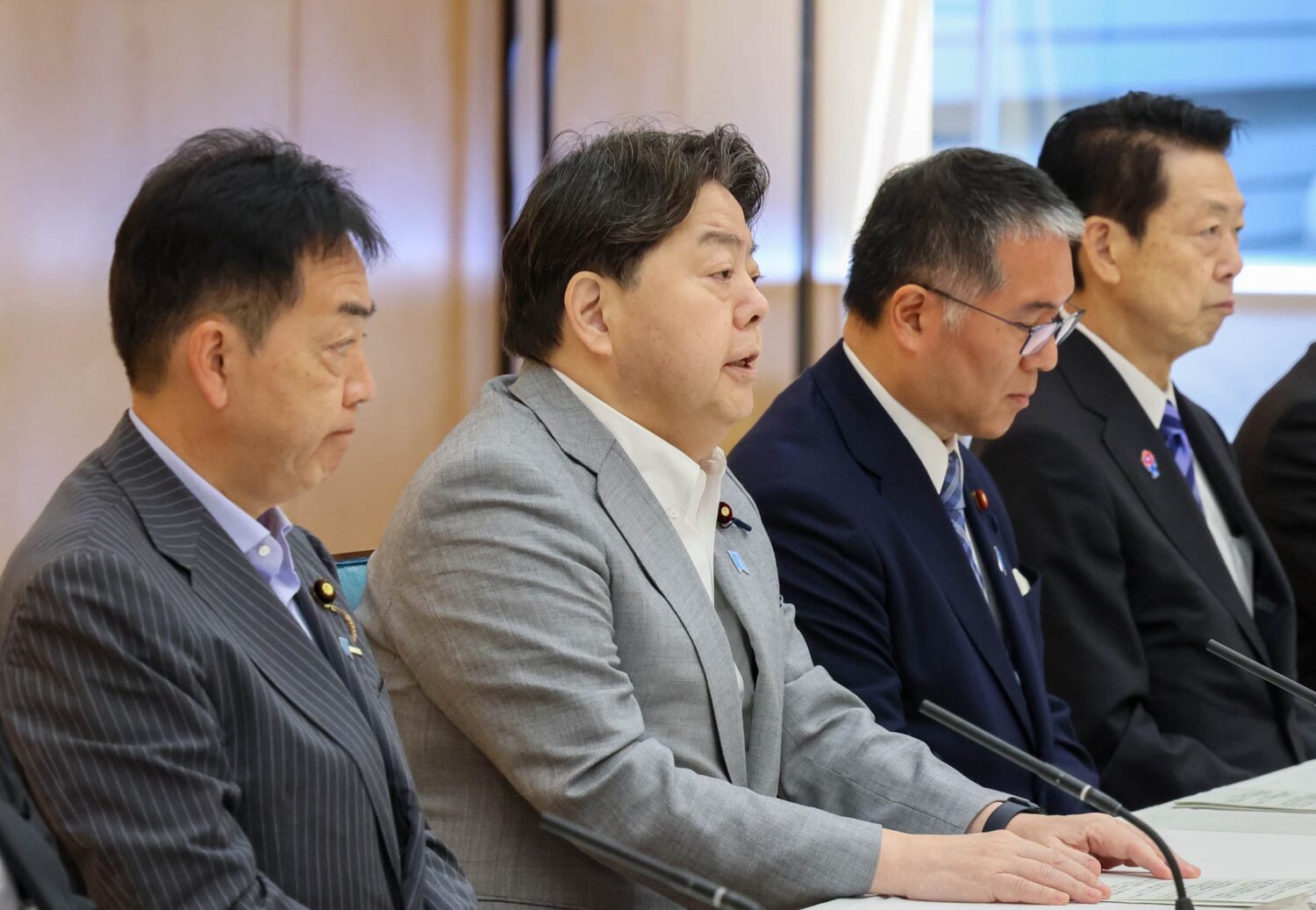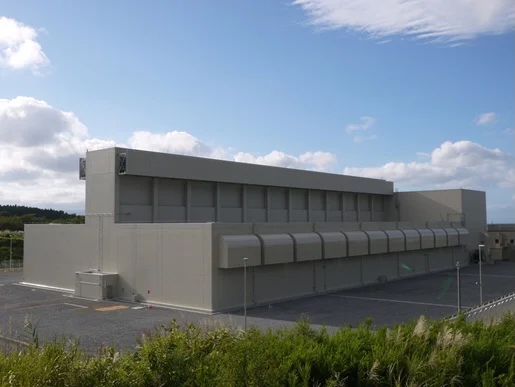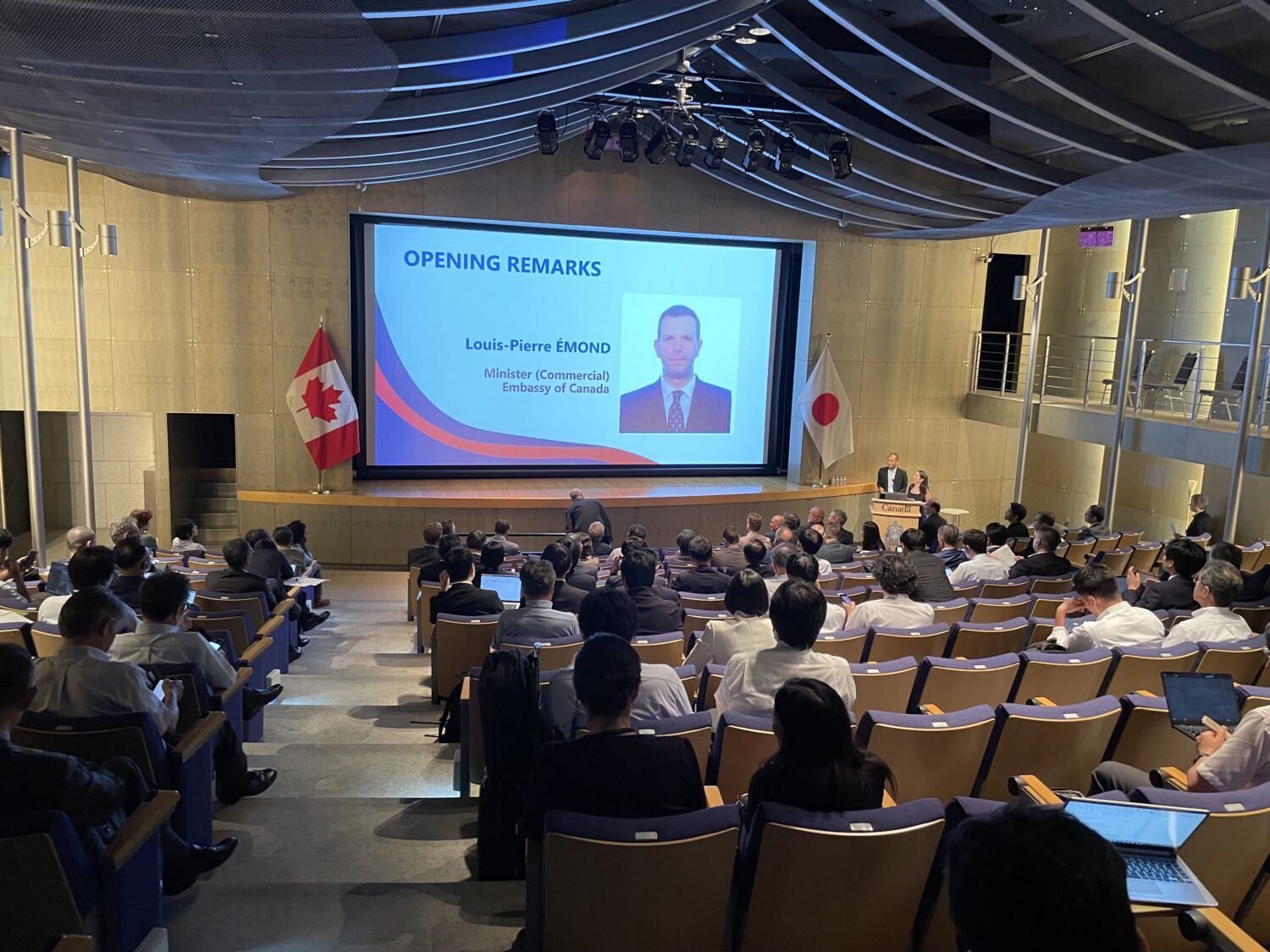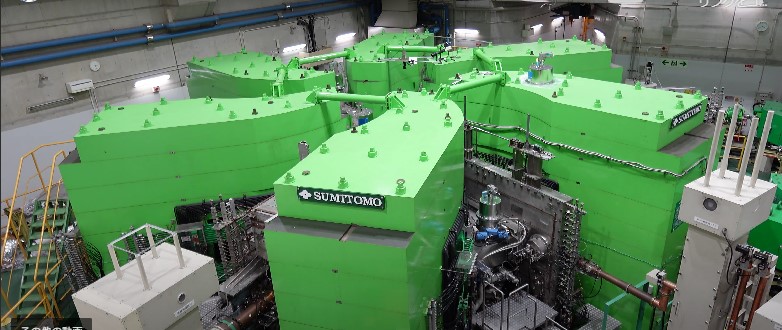Fuminori Tamba
Associate Professor, Faculty of Administration and Social Sciences
Fukushima University
We interviewed Dr. Fuminori Tamba, associate professor of administration and social sciences at Fukushima University. Studying disaster recovery in Fukushima, he has been actively engaged in supporting the area affected by the 2011 earthquake.
JAIF: How do you think the situation has changed in Fukushima since the accident?
Dr. Tamba: At the time of the nuclear accident, we had no experience, obviously, with such an unprecedented disaster, and had no idea how to deal with it at all. The various administrative bodies, along with the prefecture and local citizens, had differing views on what to do. Given that it was a manmade accident rather than a simple natural disaster, people were angry at the national and prefectural governments, and the nuclear operator. Meanwhile, the government and operator didn’t know how to respond in the affected area, and they dealt with people defensively.
Five years have passed since then. Although the lessons of the nuclear accident and issues must still be verified, an environment has gradually been created in which both sides can calmly discuss how to face the realities of the region instead of blaming each other for them. For example, Yoshiyuki Ishizaki, a TEPCO vice president and head of the Fukushima Reconstruction Headquarters, went into the affected areas himself, including Minamisoma City, Futaba-gun and Kawauchi Village, to talk with residents. Also, the power company’s employees have been seen participating in regional activities as volunteers. Decommissioning is going to require 30 years or more, and the company needs to continue its involvement with the area. Residents have not yet reached the point of understanding and forgiving TEPCO, but the company’s willingness to face the situation squarely and meet the people face to face has gradually been recognized.
People in Fukushima increasingly understand that things look different from the “other side,” and are starting to see them in terms of what must be done. A foundation has been laid for thinking together and taking advantage of what has been learned: that is, working together, rather than unilaterally cursing and condemning the situation.
JAIF: After the Niigata Chuetsu Earthquake of October 23, 2004, you were involved in supporting Yamakoshi Village, where all villagers had to evacuate. What differences do you see between that instance and now?
Dr. Tamba: The Chuetsu earthquake occurred immediately after I arrived at Fukushima University. Niigata lies adjacent to Fukushima, and I discussed with my students at that time what could be done. Together with them, I supported the village people, starting at a shelter and moving to temporary housing later. Immediately after the earthquake, nine-tenths of them expressed their intention to go back to the village. The recovery took time, but they gradually did, with an aim of three years, under the slogan “Let’s go back to Yamakoshi together.”
The two cases share the common point that an entire municipality was forced to evacuate. What’s different, though, is the concern about radiation, about which people have various opinions. It is true, however, that radiation, low-level as it was, did affect the Fukushima area. The people in the affected area have another deep-rooted fear that they will have to evacuate again if a similar accident happened during decommissioning. It is difficult to grasp a time frame in Fukushima. Returning home is taking much longer than in the case of simple natural disaster. Moreover, it cannot even be affirmatively stated that “no problems” will occur after a given time period. Municipalities are struggling to set targets for recovery and reconstruction, and it is even more difficult for the residents to project when they can begin to reconstruct their lives.
JAIF: You sent questionnaires to 10,000 evacuee households in 2011. What was most memorable about their replies?
Dr. Tamba: I was most impressed by how much they wrote in the spaces provided. It was only six months after the earthquake, and they were full of anxiety about radiation, as well as irritated at not knowing when they could go back home, and fearful for the future of the region. Some appended extra sheets of paper and insisted that they wanted people to understand their thoughts and listen to them. One couple asked for a second questionnaire, saying that the husband and wife had different opinions!
Many people obviously thought carefully about how to convey an experience of that magnitude. By doing so, they felt they were preserving lessons for future generations. This is not the end of our investigation, and I think it will be important to distribute the results in the future, too. Data analyzed statistically have been released as basic investigative results, but I made a new booklet including everything, believing that each comment, written in the spaces for free comments in each question, was significant. The booklet is quite thick and heavy, and carries the “weight” of the residents’ voices. I think that the investigation was valuable for collecting and conveying their experiences and lessons, and bears academic value.
JAIF: You work so tirelessly, investigating, researching, making political proposals, and engaging in various support activities. Where do you get all your energy?
Dr. Tamba: I am from Aichi Prefecture. When the giant earthquake hit Kobe and vicinity in January 17, 1995, I was still a college student. Many students and NPOs rushed to the area as volunteers. I think active involvement by volunteers started at that time, though I myself was not involved in the activities immediately after the quake. When I later took part as a graduate student in an effort to interview residents living in temporary housing and post-disaster public housing there, I felt sorry that I had not been to the affected area sooner to see the reality of what had happened. With the experience of that personal regret, when the 2004 earthquake occurred in Niigata Prefecture, I arrived three days later to begin support activities, and did the same thing this time, too.
My grandfather (mother’s father) was an atomic-bomb survivor. Nuclear weapons, and peace, were his cause after that. At the time, it was said no trees would grow in Hiroshima or Nagasaki for 60 years, but both are thriving cities today where people from all over the world come to think about peace. The reason for that is not that a great person made a great achievement. Unheralded victims sustained the wish for peace, keeping alive what they had witnessed. I suspect that Fukushima is also a place that no one will ever be able to ignore, and that new global values will emerge from there.
In the accident at Fukushima Daiichi Nuclear Power Plants, nearly everyone might have been affected, not just the evacuees. I want more people to think for themselves about what happened and what can be done. I do what I do, hoping for that.
JAIF: What do you foresee from the young people, who represent the future of Fukushima?
Dr. Tamba: The children who were in elementary school when the earthquake occurred are now thinking about college and the like, having grown quite positive. When they were in junior high, they made presentations at an international conference, and now as high school students, they are taking the lead in discussions with students from other schools. Younger children have digested their experiences and are also making use of them. It is the responsibility of society to help them develop their abilities. I hope Fukushima does more.
At Fukushima University, we are in the fourth year of a four-department cross-disciplinary program called “Fukushima Futurology.” Based on the nuclear disaster experience, the program’s aim is to develop human resources with skills useful for regional revitalization, helping participants become able to resolve resolving issues as leaders in regional development. Students at our university are also taking part as volunteers supporting temporary housing sites. The students themselves live in temporary housing in three-month rotations, seeing various problems from the residents’ point of view.
Although issues have continually emerged in Fukushima in the five years since the nuclear disaster, there have been many people with the spirit to tackle them. The Fukushima Reconstruction Juku (cram school), organized by various Fukushima-related people, has generated entrepreneurs who have gone on into society to develop new ideas into businesses. Others have joined local governments and similarly have become involved in various commercialization efforts. We are seeing more and more people who do not turn their backs on difficult problems, but who have the motivation to solve them—that is, who find meaning and significance in doing so. Many of the issues faced by the Fukushima region now, including shortages of labor as well as of medical and nursing-care staff, are ones that all of Japanese society will face in another 30 years. People are eager not only to meet the challenges, but also to make their activities into a model for the future. In addition to national efforts like the Fukushima International Research Industry City vision, called the “Innovation Coast” plan, movements originating in the prefecture itself have picked up pace in recent years.
JAIF: Please give us an example of success born from the new challenges in Fukushima.
Dr. Tamba: For example, women who evacuated from Okuma Town to the Aizu region began making handicrafts using Aizu cotton. Their story was taken up by the mass media, which generated more interest among many people, resulting in an expansion of their sales network. One of the products is a special envelope for monetary gifts (goshugi bukuro) that is made of Aizu cotton instead of the normal paper. Although people can buy ordinary paper goshugi envelopes anywhere, using them for nothing else, the ones made of Aizu cotton can be repurposed as handkerchiefs by their recipients. Striking a chord against a backdrop of concerns about today’s mass-consumption, throwaway culture, the product tells us to take more care of the environment. Responding positively to an issue, thrown at them by society by the disaster, as an opportunity, the women are designing products that help us shift toward a new lifestyle. I think it is important that the new values created in Fukushima are spreading gradually through Japanese society. A beneficiary of much support, Fukushima is now also giving back.
Kazuo Itoga, known as the “father of social welfare” in Japan, and who established the first institution for severely disabled children in the country, and many more after that, said, “Rather than bring the light of the world to these children, we should make these children the light of the world.” He did not look down on them with pity for their disabilities, but saw their growth potential. From the beginning, he saw that there was something shining in each of them. Currently, Fukushima bears the weight of unfounded fears and rumors, as well as important experiences fading from memory. Instead of waiting for attention, I want to tell others that Fukushima itself is an originator of new culture and new values, able to serve as a driving force for Japan and a light for the world, as an interesting place.
All of which is to say that the difficulties Fukushima faces offer rewards as well. Panelists at the Fukushima Session of the JAIF Annual Conference unanimously agreed that Fukushima today is a place where people can directly see the effects of their actions, and where individuals can bring about significant change. Those who take up the challenge can change the region, society, and themselves.
JAIF: How do you imagine Fukushima after it is reconstructed?
Dr. Tamba: The most important thing is the reconstruction of people’s lives. Rebuilding infrastructure (so-called “hardware”) is meaningless if residents never return. The reconstruction of the area’s “software”—that is, the ability of people to able to live confidently, in a healthy way, with culture—is what is really important. To that end, the citizens themselves, and not just the national and prefectural governments, local municipalities and TEPCO, also have roles to play.
Ideally, as a step forward, people will take pride and enjoy the dignity of living in Fukushima. Only when those sentiments are stronger than before the earthquake will there have been a true “reconstruction,” I feel. I want them to think that while they have experienced terrible things and suffered greatly, they were also fortunate to have been born and grown up in Fukushima. I often hear students and other young people say that while they have experienced many difficulties, they have met people that they would never have met otherwise, and have been to places that they never would have gone to otherwise, if the disaster had not happened. They say they are now better able to understand the meaning of learning. What I hope, however, is that they will eventually become able to say simply, “I wasn’t unhappy.”


